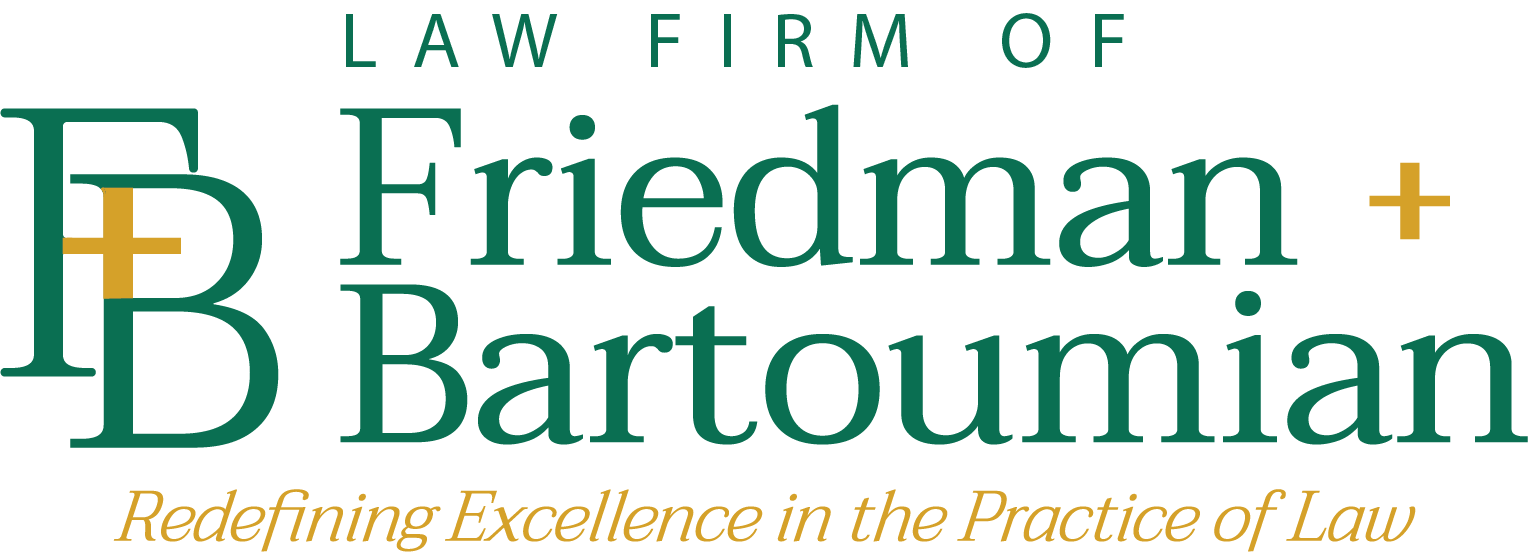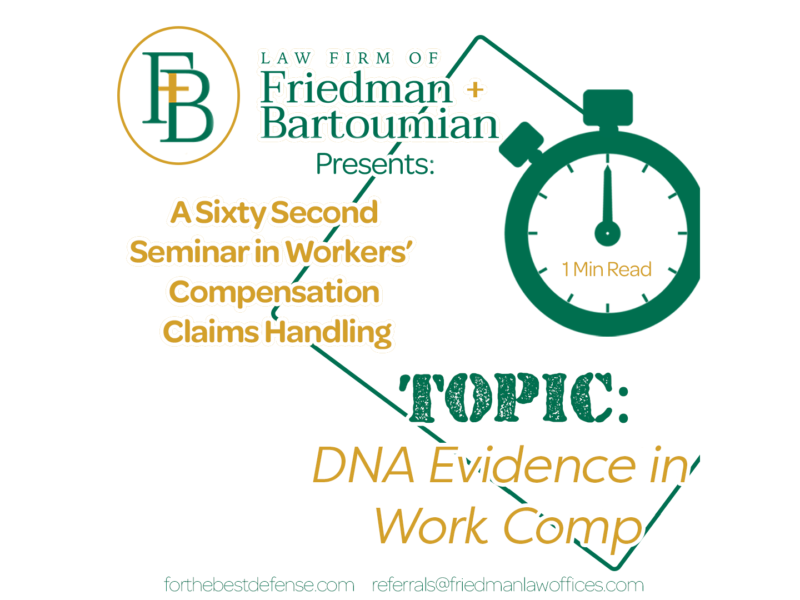In death benefit claims dependency is a threshold issue, and when paternity is uncertain, it can be a major one. For example: we are aware of a case where a decedent’s ex-girlfriend sought death benefits on behalf of her minor child. DNA testing became necessary as the child’s birth certificate was deemed inadequate proof of paternity. DNA testing was preferable because birth certificates have been known to contain erroneous information.
Have you ever wondered what happens in a death claim where DNA testing is required but the decedent has been cremated? When direct DNA is no longer available an alternative method is allowed to determine paternity involving DNA testing of paternal grandparent(s). Although the results will not be as conclusive as testing the actual decedent, it nevertheless is a permissible option.
With that said, it is imperative that DNA testing be conducted by a reputable lab. Appropriate measures must be in place to avoid contamination of samples that can produce tainted results. For the most part DNA testing is accurate but errors do occur when laboratory practices fail to adhere to the professional standards established for this field of diagnostic medicine.
It may come as a surprise that when a DNA test is conducted involving a child and one or both paternal grandparents, the child’s mother must also be tested. Many applicant attorneys react in utter disbelief when a request is made for the mother to join the grandparent(s) for testing, as they view the request as harassment. In reality, their reaction is nothing more than a reflection of their unfamiliarity with DNA testing procedures. The mother’s DNA is an integral component in determining the biological identity of the child’s grandparents. We have actually seen an applicant attorney become so enraged over a request to test the mother that he threatened penalties, although the basis therefor is uncertain as DNA testing is not mentioned in the Labor Code. Without going into a detailed explanation of the science behind DNA testing procedures, suffice it to say the test results will be more accurate with the mother’s participation. Again, we are not testing her to see whether she is the mother, but instead, her DNA is required to determine if the grandparents are biologically related to the child. Interestingly enough, in the case where the applicant’s attorney was enraged, two DNA tests were performed, one with the mother’s involvement and the other without. Ironically, applicant attorney was embarrassed by the findings. Without the mother’s DNA the grandparent’s test result came back with 92.5% probability. However, with the mother’s involvement the result increased to a 98.4% probability of grandparentage.
In closing, DNA is an extremely useful diagnostic tool if interpreted properly. In one case where paternal grandparents were tested to determine whether their deceased son was the father of a minor child, the results came back with a 0% probability of the grandfather being the child’s grandparent. Normally such results would have ended the work comp case right there as genetically, his deceased son could not have fathered the child. The case was about to be dismissed until applicant attorney noticed that the paternal grandmother’s test result came back with a 98.5% probability of being the child’s grandmother. Based on the grandmother’s DNA test results, death benefits were awarded to the child. As for the grandfather, he was surprised to learn that he was not the biological father of his deceased son, thus explaining why there was a 0% probability of him being the grandparent of the minor child.



 Never Stipulate to Maximum Earnings: A Sixty-Second Seminar in Workers’ Compensation Claims Handling
Never Stipulate to Maximum Earnings: A Sixty-Second Seminar in Workers’ Compensation Claims Handling
Leave a Reply